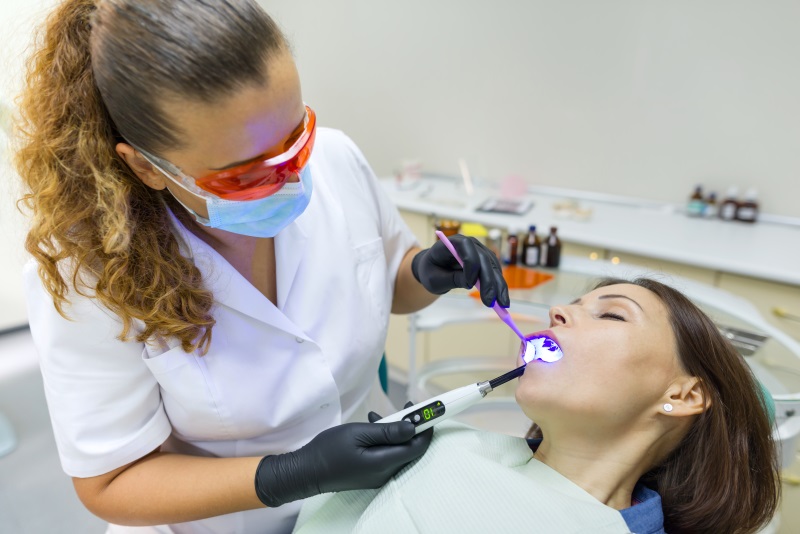Sweet treats…a temptation for both children and parents (if we’re honest).
Would you be surprised if we started by reminding you that children love sweets?
Of course not! There’s even scientific evidence out there that shows children don’t just like sweets, they’re biologically hardwired to them.
Julie Mennella of the Monell Chemical Senses Center explains in recent research, “the newborn can detect sweet acutely, and will actually prefer sweeter solutions to less sweet ones. The basic biology of the child is that they don’t have to learn to like sweet or salt. It’s there from before birth.” Monella’s research also demonstrated that sugar helps children tolerate pain, and that it’s a natural pain reliever for them (wow)!
On the other hand, sweet treats are also tempting for parents to use as rewards for their children’s good behavior. Although it’s seemingly the quickest and easiest way to reward your child and will definitely earn a few smiles, there’s a catch here. By using sweets as a reward, we risk building a bad habit for kids because we teach them that sweets can be better than others (by merit of the fact they’re seen as a “special reward”).
We come by our sugar fix naturally, but consuming too much can have shocking effects on your child’s oral and overall health. In this article, we’re going to talk about the dangers of sugar, yes, but (more importantly) the ways to simply cut down the sweets intake (and cravings) of your child.
First things first—how much sugar is OK?
The American Heart Association (AHA) recommends that children between 2 and 18 years old should all eat less than 25 grams—or six teaspoons—of added sugars daily. And yes, we are talking about refined sugar, not the natural sugar you find, say, in broccoli.
The AHA goes on, “Children and teens should limit their intake of sugar-sweetened drinks, specifically, to no more than eight ounces (or one glass) weekly.”
These recommendations also advise that children under the age of two should have no added sugars at all.
The same AHA publications also drops the handy reminder that the estimated volume of calories a child needs ranges from 1,000 a day for a sedentary two-year-old to 2,400 for active 14-18 years old girls and 3,200 for active 16-18 years old boys. Check the sugar content on foods and drinks, because it will have a direct impact on the number of calories consumed.
According to Miriam Vos, M.D., Ms.P.H, “if your child is eating the right amount of calories to achieve or maintain a healthy body weight, there isn’t much room in their food ‘budget’ for low-value junk foods, which is where most added sugars are found.”
Sweet treats and sugary drinks are rich in calories at the same time that they’re poor in nutrients. Most added sugars can be found in sodas, energy and food drinks, cookies and cakes, ice cream, candies, and other desserts. And no, those don’t form part of the food pyramid.
Consuming foods high in added sugars at a young age has also been linked to other risk factors such as increased risk of obesity, elevated blood pressure, diabetes, dyslipidemia and, of course, tooth decay.
How sugar affects oral health
You (and even your kids) already know that too much sugar will affect oral health. But let’s take a look at the “why.”
To begin with, sugar itself is not the issue, rather what happens after consuming it. Our mouths are full of bacteria, many of which are beneficial to our oral health. When we consume too much sugar, however, the “naughty” bacteria will use it as a fuel and break it up, thus producing acids. These acids will then stick and start dissolving the minerals that make the enamel, which is the protective layer of our teeth.
This “feeding” on the enamel will result in cavities and tooth decay.
How to (realistically) cut back on your child’s sweets consumption
With all those delicious temptations a breath away, and provided that children are biologically hardwired to love sweets, cutting back on candies can be a daunting task for many parents and caregivers. However, the health benefits will be long-lasting and definitely worth the effort.
We even have a list of tips to make the process easier. How’s that sound?
1: Make fruits the first choice to “satisfy sweet”
Fruits can be as delicious as sweets, especially after a short adjustment period where the palette “resets” to natural sugars (at which point fruit naturally tastes sweeter). Plus, fruits are packed with vitamins and nutrients essential for your child’s growth. As if you needed more reason, they also have fewer and healthier calories than foods with added sugar. And last but certainly not least, there is even a connection between a child’s low-quality diet (without fruits) and performance at school.
So, to make more fruit-eating happen:
- Always keep fruits in sight in the kitchen
- Have a variety of fruits available
- Find ways to play with your child using fruits (for example, you can create structures by cutting fruits into fun and easy shapes such as snowmen and funny faces—yes, please play with your food)
- Invent new snacks with fruits (like a fancy fruit salad with a cool name) and prepare them with your child on a regular basis
2: Don’t offer sweets as rewards
As mentioned earlier, the easiest way to reward your children seems to be by offering them sweets. However, you build a bad diet as well as bad habits for children by doing this because you ultimately teach that sweets are more exciting than healthier foods. Consider rewarding your child with something like an activity, hugs and kind words. In addition, you can give your child other no-food rewards like stickers or drawing tools.
3: Drink responsibly!
Sugar-sweetened drinks such as soda contain a lot more sugar than you realize, and they are also high in calories and low-to-nothing in what they offer in nutrition. When your children are thirsty, give them water (and set the crucial example of drinking more of it yourself).
4: Keep sweets for special occasions
If we’re honest, it’s realistically OK for your child to eat candies on Halloween or other special days. Let your child enjoy them, and link candies and other sweets only to special occasions such as Halloween. You don’t have to worry about one day of the year, or even two or three, but you should be careful about the rest. If your child asks for some candy on non-special days, you can consider some, but only in small portions.
5: Be creative with snacks
Healthy foods may not look as fancy or enticing as candies and sweets. However, with just a bit of creativity, you can make your children love their new snacks! Bright colors and exotic textures can do the trick, both of which are abundant in the world of fruits and veggies.
And back to an earlier idea, you can also play games with healthy foods (gamification, we call it these days), such as encouraging your child to find the amount of total sugars on the Nutrition Facts label in foods to compare them with healthy foods they like. Or how about an apple tasting? Or letting your kids pick out the fruits in the grocery store for the fruit salad party at home?
Cutting down your children’s consumption of sweets might look like a tough task. However, the long-lasting health benefits are without a doubt worth the effort. So, arm yourself with patience and a little bit of creativity, and remember that it’s about progress today, not perfection!
The post 5 Fun Tips to Tame Kids’ Temptation for Sweets appeared first on Fort Worth Dentist | 7th Street District | H. Peter Ku, D.D.S. PA.




